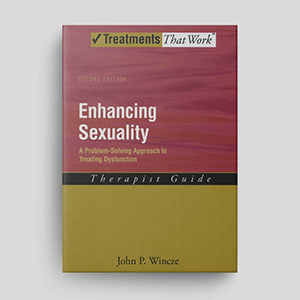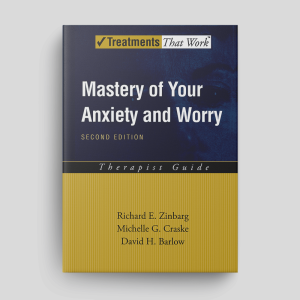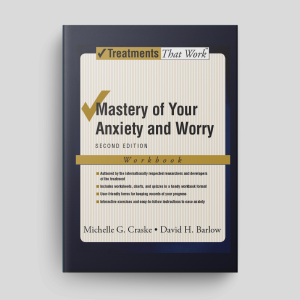Enhancing Sexuality: A Problem-Solving Approach To Treating Dysfunction (Second Edition): Therapist Guide
The Enhancing Sexuality workbook is designed to help individuals and couples address sexual dysfunction using a structured, evidence-based approach. It provides psychoeducation, exercises, and practical strategies to improve sexual functioning, enhance intimacy, and build communication skills around sexuality. A therapist guide is downloadable separately.
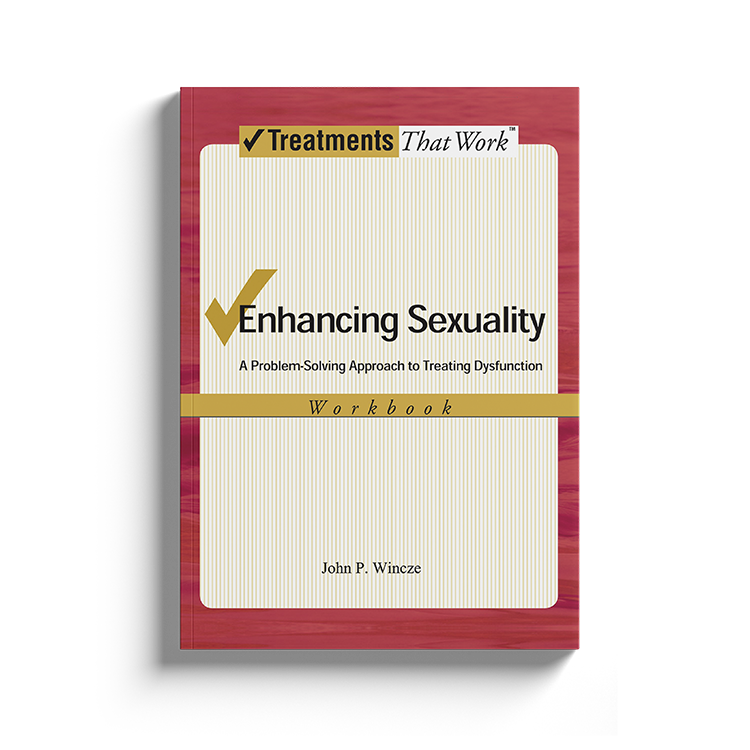
Download or send
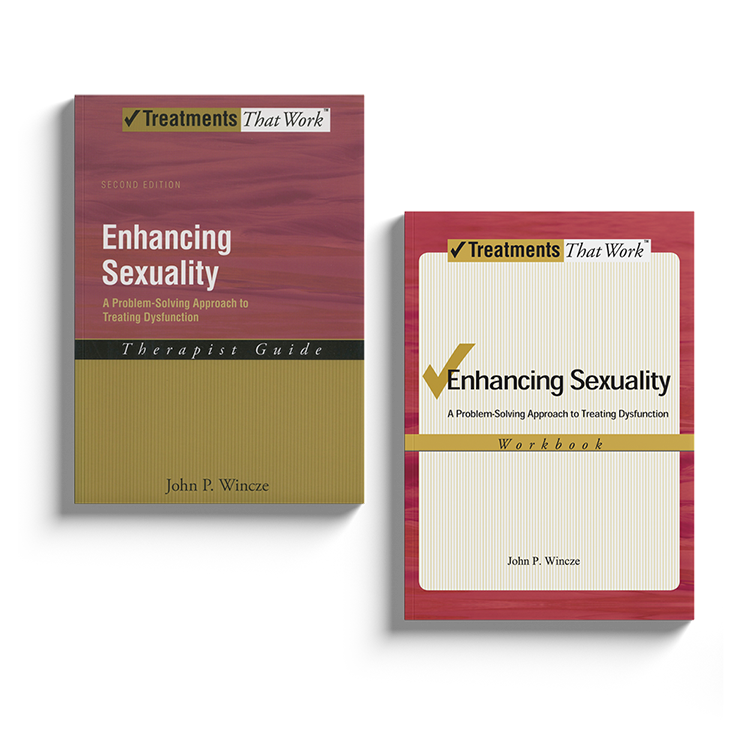
Overview
Sexual dysfunction can significantly impact individual well-being and relationship satisfaction. This workbook offers a structured, problem-solving approach to addressing common sexual difficulties, including low sexual desire, arousal issues, orgasmic disorders, and pain during intercourse. Based on the latest research and therapeutic best practices, this resource helps clients understand the psychological, physiological, and interpersonal factors affecting their sexual experiences.
This book is part of the Oxford University Press Treatments That Work™ series, offering step-by-step guidance on identifying, assessing, and addressing sexual concerns. It includes practical strategies, case vignettes, and exercises that clients can use to overcome barriers to sexual well-being.
Why use this resource?
This workbook provides structured guidance for individuals and couples struggling with sexual dysfunction. It incorporates scientifically validated interventions that therapists can integrate into treatment plans, empowering clients to work through sexual difficulties in a safe and supportive manner.
- Helps individuals and couples understand and address sexual dysfunction.
- Provides practical exercises to improve intimacy and communication.
- Supports evidence-based interventions for improving sexual satisfaction.
- Offers a structured, step-by-step approach to resolving sexual concerns.
Key benefits
Education
Skills
Guidance
Integration
What difficulties is this for?
Low Sexual Desire
For individuals feeling distressed, frustrated, or disconnected due to a reduced interest in sex.
Arousal Difficulties
For people who find it hard to become or stay physically aroused during sexual activity.
Orgasm Uncertainty Or Difficulty
For those unsure whether they’ve had an orgasm, or who struggle to reach climax despite adequate stimulation.
Emotional Discomfort With Sex
For individuals who feel anxiety, fear, or unease during sexual activity, even when the situation seems right.
Sex-Related Pain Or Discomfort
For people experiencing physical pain or difficulty during sexual activity, including penetration.
Ejaculation Concerns
For individuals worried about ejaculating too quickly, or those who find it difficult to ejaculate at all.
Differences Between Partners
For couples experiencing tension or distress due to mismatched levels of desire, preferences, or expectations.
Impact Of Mood, Anxiety, Or Trauma
For people whose sexual functioning is affected by psychological challenges like depression, anxiety, or past trauma.
General Sexual Wellbeing
For clients who feel uncertain about what is “normal” and want to improve their relationship with sex in a safe, guided way.
Integrating it into your practice
Assessment
Conduct a comprehensive evaluation of medical, psychological, and relationship factors.
Education
Provide psychoeducation on sexual health, anatomy, and myths.
Communication
Teach couples how to discuss sexual concerns openly and constructively.
Cognitive Restructuring
Help clients challenge negative beliefs and anxieties about sex.
Behavioral Exercises
Guide clients through graded exposure and sensate focus techniques.
Intimacy Building
Encourage clients to develop emotional and physical closeness with their partner.
Maintenance
Support relapse prevention strategies to sustain treatment gains.
Theoretical background and therapist guidance
The Enhancing Sexuality program is rooted in cognitive behavioral therapy (CBT), a well-established psychological framework that emphasizes the reciprocal interaction between thoughts, emotions, and behaviors in maintaining sexual dysfunction. CBT interventions for sexual difficulties target maladaptive beliefs, performance anxiety, and avoidance behaviors, while promoting skills development and communication. The treatment approach presented here is grounded in decades of clinical research and empirical refinement, much of it pioneered by Barlow, Wincze, and colleagues.
The model acknowledges that sexual problems often emerge from a complex interplay of biological, psychological, and situational factors. Generalized difficulties — such as lifelong dysfunctions occurring across contexts — can be harder to treat, while acquired and situational problems tend to respond more readily to intervention. As detailed by Heiman (2002) and Heiman & Metson (1997), CBT techniques, including cognitive restructuring, behavioral rehearsal, and gradual exposure, have proven effective for a wide range of sexual dysfunctions. Sensate focus exercises, developed as a core component of CBT treatment, are used to reduce anxiety by shifting focus away from performance and toward pleasurable, non-demanding experiences of physical intimacy.
The structure of this guide reflects the cumulative work of numerous controlled studies and clinical trials (e.g., Barlow, 1972; Wincze & Carey, 2001), with additional insights from the author's clinical experience in hospital, university, and private settings. The program integrates key elements such as psychoeducation, cognitive and behavioral strategies, sexual response awareness, and couples-based communication training. Therapists are supported with detailed guidance and worksheets that enable flexible adaptation to individual and relational needs, while maintaining fidelity to empirically supported techniques.
This approach ensures that both therapist and client are equipped with tools to address distress, improve sexual functioning, and promote meaningful change.
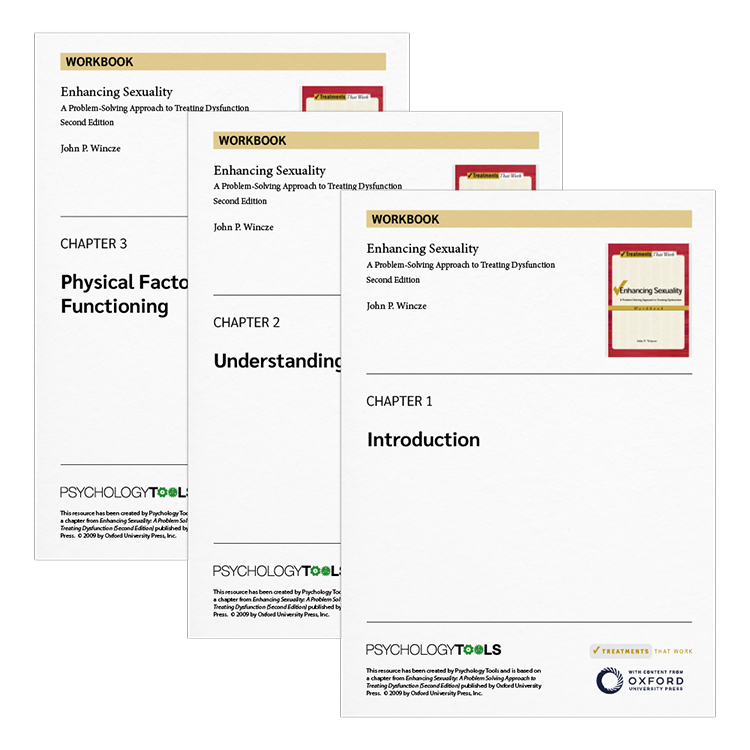
What's inside
- Psychoeducational content on sexual function and dysfunction.
- Exercises for improving communication and intimacy.
- Step-by-step interventions for addressing specific sexual problems.
- Worksheets to track progress and reinforce learning.
- Practical strategies for maintaining long-term sexual well-being.
FAQs
How this resource helps improve clinical outcomes
By integrating this workbook into therapy, clinicians can support clients in:
- Enhancing sexual confidence and reducing performance anxiety.
- Improving sexual satisfaction and emotional intimacy in relationships.
- Developing communication skills to discuss sexual concerns openly.
- Applying evidence-based strategies to address sexual dysfunction.
For therapists, this resource provides a structured tool to facilitate discussions about sexuality and implement targeted interventions.
References and further reading
- Barlow, D. H. (2004). Psychological treatments. American Psychologist, 59, 869-878.
- Institute of Medicine. (2001). Crossing the quality chasm: A new health system for the 21st century. Washington, DC: National Academy Press.
- Laumann, E. O., Gagnon, J. H., Michael, R. T., & Michaels, S. (1994). The social organization of sexuality: Sexual practices in the United States. University of Chicago Press.
- Wincze, J. P., & Carey, M. P. (2001). Sexual dysfunction: A guide for assessment and treatment. Guilford Press.
- Yang, C. C., & Donatucci, C. F. (2006). Emerging treatments for erectile dysfunction. Nature Clinical Practice Urology, 3(10), 540-547.
Just enter your name and email address, and we'll send you Enhancing Sexuality: A Problem-Solving Approach To Treating Dysfunction (Second Edition): Workbook (English US) straight to your inbox. You'll also receive occasional product update emails wth evidence-based tools, clinical resources, and the latest psychological research.
Product
Company
Support
- © 2025 Psychology Tools. All rights reserved
- Terms & Conditions
- Privacy Policy
- Cookies Policy
- Disclaimer
Working...
We value your privacy
This site uses strictly necessary cookies to function. We do not use cookies for analytics, marketing, or tracking purposes. By clicking “OK”, you agree to the use of these essential cookies. Read our Cookie Policy
